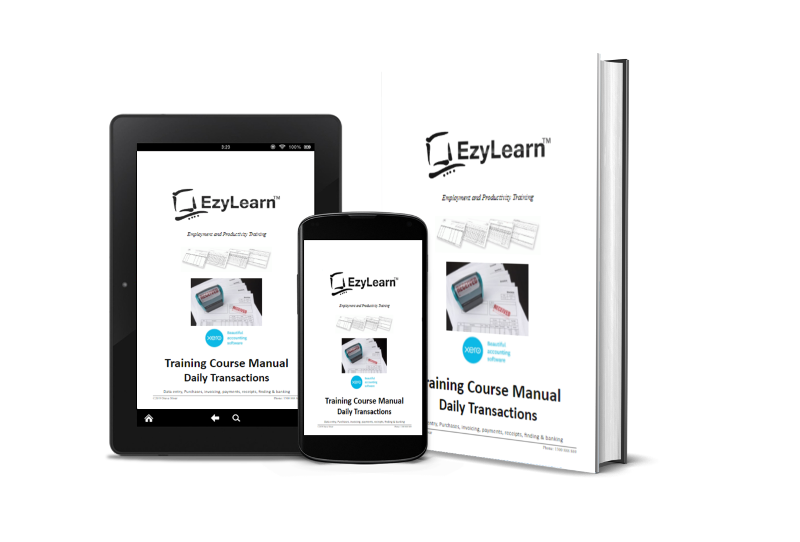Starting a Continuing Conversation with Your Clients and Customers
A database is really just a collection of information in a structured format. Almost every business has a database in the internet age. However, many business people don’t realise where their databases are located.
IF YOU OPERATE your accounts using MYOB, Xero or QuickBooks you will have a database of customers, prospects (if you use the Quoting feature), products you sell and, of course, financial transactions.
Even if you do your accounting using a spreadsheet program like Microsoft Excel, you have the structure to keep all kinds of databases. We have an Excel short training course that goes through just the database features and functions of that program.
The three fundamental aspects of an email marketing database include:
- Audience
- Campaigns
- Reports
The above elements in MailChimp are pretty much the same, no matter which email marketing program you use (others include Aweber, GetResponse, Constant Contact and Campaign Monitor).
MailChimp is a good choice because it is free for small email lists of 2000 or less, and the software features a great deal of integration options with different cloud-based software programs, including Xero.
Your Audience

The key elements of your audience database include your clients’ first name and email addresses. Once you have collected these in a structured format like Excel, you can very easily import that information and start crafting a campaign.
You can also use online integrations to sync your contact details from Xero, Salesforce or hundreds of other online software sources.
Audiences these days are no longer just related to email addresses and MailChimp enables you to market and retarget your marketing to prospects and customers in lots of different ways.
Email Marketing Campaigns and CTA’s

An email marketing campaign will include settings like:
- Audience (because you can have more than one email marketing list
- Subject
- Message contents
- Call-to-action (CTA).
 The CTA is pivotal to your email marketing campaign. If you’re just sending an email to provide people with information for the sake of it, without giving them a reason to take action, you could be throwing away your time and money. People are busy and bombarded with messages, make yours’ count.
The CTA is pivotal to your email marketing campaign. If you’re just sending an email to provide people with information for the sake of it, without giving them a reason to take action, you could be throwing away your time and money. People are busy and bombarded with messages, make yours’ count.
The other purpose/s of a single CTA or more is to obtain more website traffic, more conversions and, ultimately, to see that you earn more money from your existing customers.
Reporting
After you send your email marketing campaign you can directly measure its success using these metrics:
- Open rate: how many subscribers actually open the email message
- Click rate: how many subscribers click on a link in your message
- Engagement: how many people share or reply to your message
[gravityform id=”1″ title=”true” description=”true”]


 We work remotely from home and we’d like to help you.
We work remotely from home and we’d like to help you.